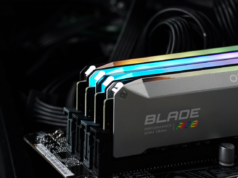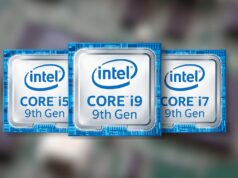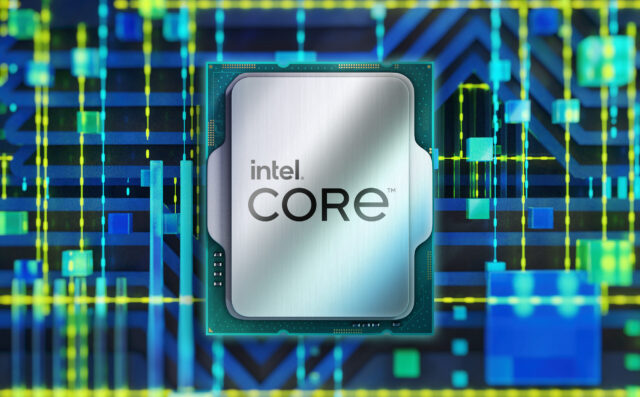
Are you looking to choose the best integrated graphics processor for your laptop? Then you’ve come to the right place!
Intel’s UHD 770 (Alder Lake) delivers exceptional performance, making it an ideal choice for gaming and productivity.
In this article, we’ll review its features and provide detailed benchmarks to showcase its powerful capabilities.
Overview of Features & Specifications
Intel’s UHD 770 (Alder Lake) integrated graphics processor continues the legacy of its prior generations, having a very efficient and powerful architecture.
This particular model has nine execution engines, each consisting of four cores, giving a total of 36 core-threads inside the graphics processor. It has been designed to handle a wide range of tasks from low-end to medium gaming and creative work.
Apart from this, it is capable of providing up to 4K resolution support and up to 96 execution units or Compute Units (CUs).
The UHD 770 also provides generous amounts of on-chip VRAM with up to 64GB of GDDR6 memory at 2133MHz memory clock speed.
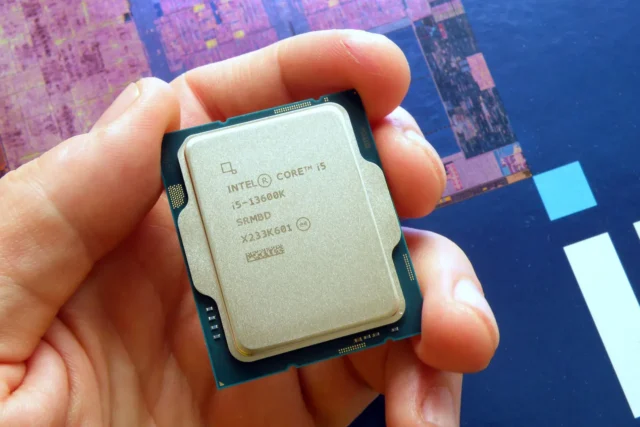
Coupled with its high arithmetic performance, double the pixel rate than its predecessors, and excellent media capabilities, the UHD 770 can be regarded as one of Intel’s most advanced IGP chips yet.
Other highlights include AVX-512 support, hardware accelerated ray tracing up to 10 TOPS or 844 GigaRay/s compute power, together with enhanced encoding speed for HEVC & VP9 multimedia content.
The chip also supports technologies like DisplayPort 1.4a for 8K60 displays & HDMI 2.0b for 4K120 displays in addition to Intel Quick Sync Video & Adaptive Sync support for smoother visuals.
Pros and Cons
The Intel UHD 770 (Alder Lake) offers excellent graphics performance for traditional and modern applications. It also offers a few additional benefits, such as advanced ray tracing capabilities and improved energy efficiency.
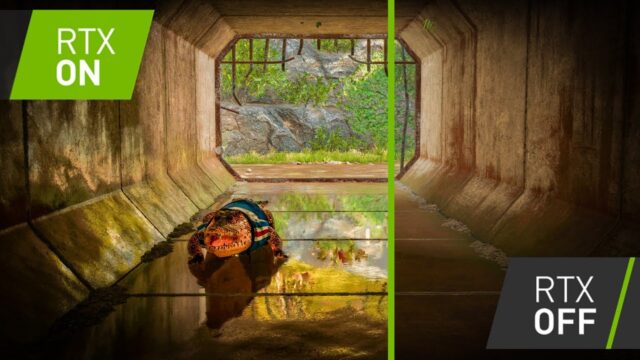
However, it does have some drawbacks, and in this section we discuss the pros and cons of the Intel UHD 770 (Alder Lake).
Pros:
-Leading performance for modern applications
-Excellent ray tracing capabilities
-Extremely energy efficient
-Supports up to four 4K displays
-High level of scalability with multiple configurations
-HDA, Spatial Audio, Dolby Vision HDR video experience support
-Lower power consumption on a system level than its predecessor
Cons:
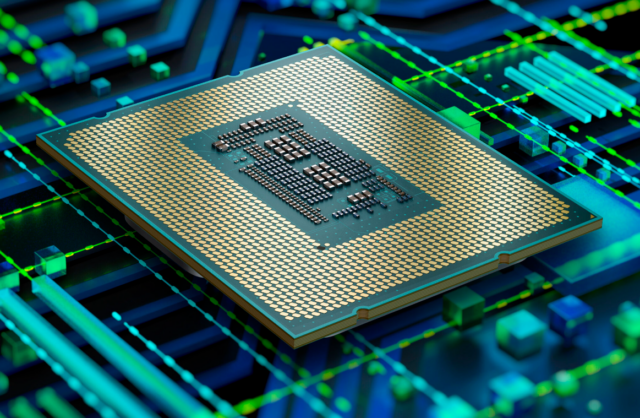
-Slower than 3rd Gen Ryzen integrated graphics
-Not very suitable for high refresh rate gaming
-High latency issues with certain ray tracing workloads
-Limited overclocking potential without adequate cooling hardware
Comparison with Other GPUs
When comparing the Intel UHD 770 (Alder Lake) integrated graphics to other GPUs, it is important to consider factors such as performance, power efficiency, scalability and cost.
Aspects such as DirectX feature level support, memory and video encoders/decoders must be taken into consideration when choosing a suitable GPU for any particular application.
Performance: Intel UHD 770 (Alder Lake) offers good overall performance for integrated GPUs. It boasts great Direct3D 12 feature level support including ray tracing and heat tracking features. The GPU also offers excellent scaling capabilities allowing it to run large games at smooth frame rates in medium settings on 1080p monitors and even higher settings on 4K displays.
Power Efficiency: When compared to other GPUs in its class, the Intel UHD 770 (Alder Lake) proves itself to be one of the most power-efficient options available. The chip exhibits maximum efficiency when running at low clock speeds and can easily handle tasks without drawing too much power from the system’s PSU.
Scalability: Thanks to its simple instruction set architecture which blends x86 cores and high-performance graphics cores together on a single die, scalability for complex tasks is greatly improved compared with other GPUs in its class. This allows users to divide computational workloads between CPU-based tasks or GPU-based calculations depending on what works best for their application’s needs.
Cost: In terms of price point and value for money, Intel UHD 770 (Alder Lake) is one of the most cost effective integrated GPUs currently available on the market. Offering good performance along with an impressive list of features at an attractive price makes this an ideal choice for budget gamers looking for great results without breaking the bank.
System Requirements
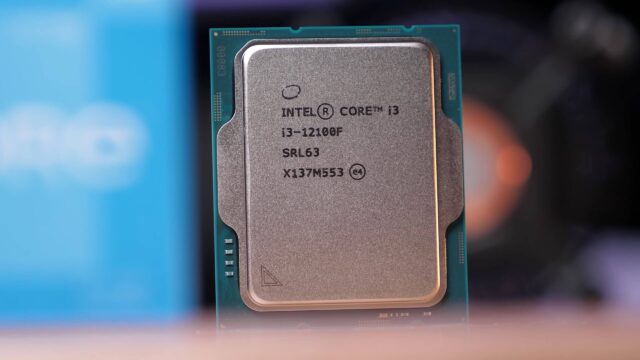
In order for users to take full advantage of the powerful new Intel UHD 770 (Alder Lake) Integrated Graphics, it is important that their current systems meet a certain set of requirements. This includes at least an Intel Core i7/i5/i3 8th or 9th Gen Processor, 8GB DDR4 RAM, and a dedicated 3GB of Display Resolution.
Additionally, due to the powerful nature of the new integrated graphics solutions, a compatible motherboard with an accompanying CPU is recommended for optimal performance.
Furthermore, users should have access to open PCIe x16 Slot and a monitor with HDMI 2.0 or higher connectivity options in order to receive the best visuals when benchmarking and playing games with Intel UHD 770 (Alder Lake).
Finally, users should ensure that they are using Windows 10 64-bit Operating System with all applicable updates and patches installed in order to guarantee system compatibility.
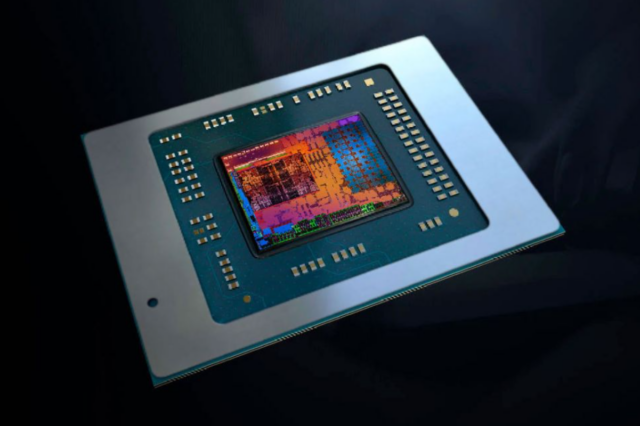
Conclusion
Overall, the Intel UHD 770 (Alder Lake) integrated graphics represents a good transition from the existing Intel Gen11 Integrated Graphics Solution, providing welcome improvements in both diverse workloads and gaming scenarios.




